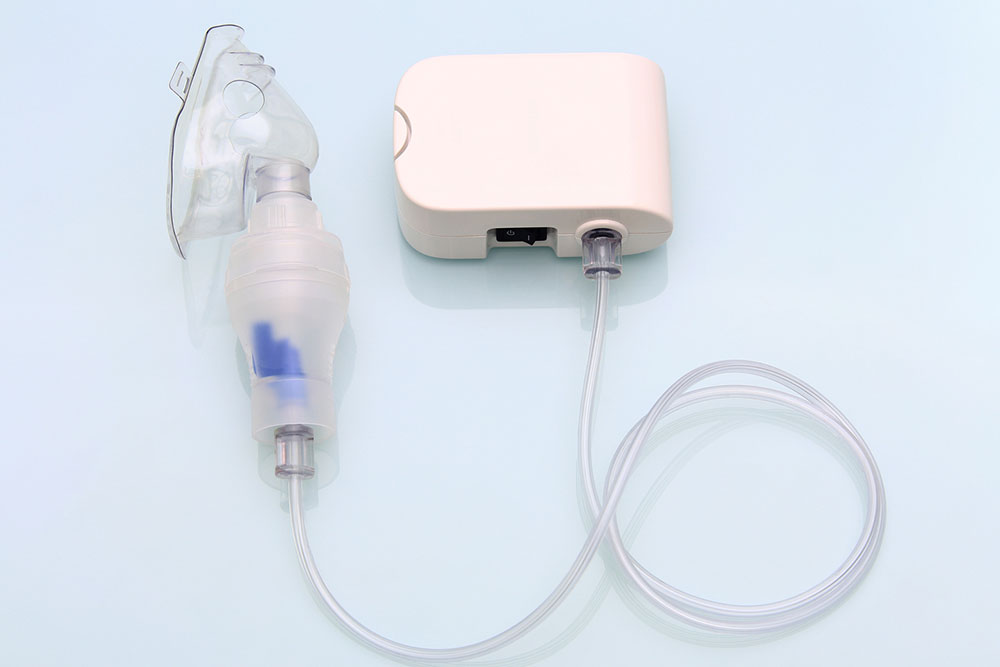5 breathing mistakes to avoid for healthy lungs

Breathing is a vital function that supplies oxygen to the human body and gets rid of carbon dioxide. Breathing correctly promotes relaxation, reduces stress, strengthens the immune system, lowers heart rate, improves mental clarity, and provides several other benefits. Unfortunately, most people do not pay attention to how they breathe, which leads to respiratory problems and lung diseases. This post discusses the common breathing mistakes one should avoid for optimal lung health.
Shallow breathing
Shallow breathing, also known as chest breathing, is a common mistake. In this type of breathing, the air only reaches the upper part of the lungs, which means the lower part does not receive sufficient oxygen. This can lead to shortness of breath and other lung problems. To avoid complications, one can practice deep breathing exercises that involve filling the lungs with air from the bottom to the top.
Mouth breathing
Mouth breathing is another common mistake, especially during physical activities like running or exercising. When one breathes through their mouth, the air does not get filtered or humidified, which can cause lung irritation and inflammation. Experts recommended breathing through the nose as much as possible, as it helps filter and humidify the air before it reaches the lungs.
Holding breath
Many hold their breath unconsciously while performing daily activities, such as lifting heavy items or bending over. This habit can cause a buildup of carbon dioxide in the body, leading to dizziness, headaches, and even fainting. Individuals must breathe continuously and deeply during physical activities to ensure proper oxygenation of the body.
Breathing too fast
Breathing too fast, known as hyperventilation, is common when a person is anxious or stressed. It can lower the amount of carbon dioxide in the body, which may cause dizziness, confusion, and even panic attacks. One can practice breathing techniques that involve slow and deep breaths to regulate breathing speed and reduce stress.
Poor posture
A poor posture can lead to shallow breathing, decreasing oxygen intake. Slouching or hunching over can compress the lungs and restrict their ability to expand fully. To improve posture, one should sit or stand up straight, with the shoulders pulled back and the chest lifted.
Avoiding these mistakes is critical to promote better respiratory function and overall health and well-being.
How to improve breathing patterns?
Stress and anxiety can lead to shallow or rapid breathing, contributing to shortness of breath and other respiratory problems. To avoid stress, individuals can practice relaxation techniques, such as deep breathing, meditation, and yoga.
One can also practice diaphragmatic breathing, which involves breathing deeply using the diaphragm rather than shallowly using the chest.
People who breathe through the mouth must make a conscious effort to breathe through the nose; it can help filter and warm the air before it enters the lungs.
Breathing is an essential function that can significantly impact one’s health and well-being. Proper breathing may help prevent respiratory problems like shortness of breath, asthma, and chronic obstructive pulmonary disease (COPD). Hence, one should avoid breathing mistakes and make healthy lifestyle choices.

